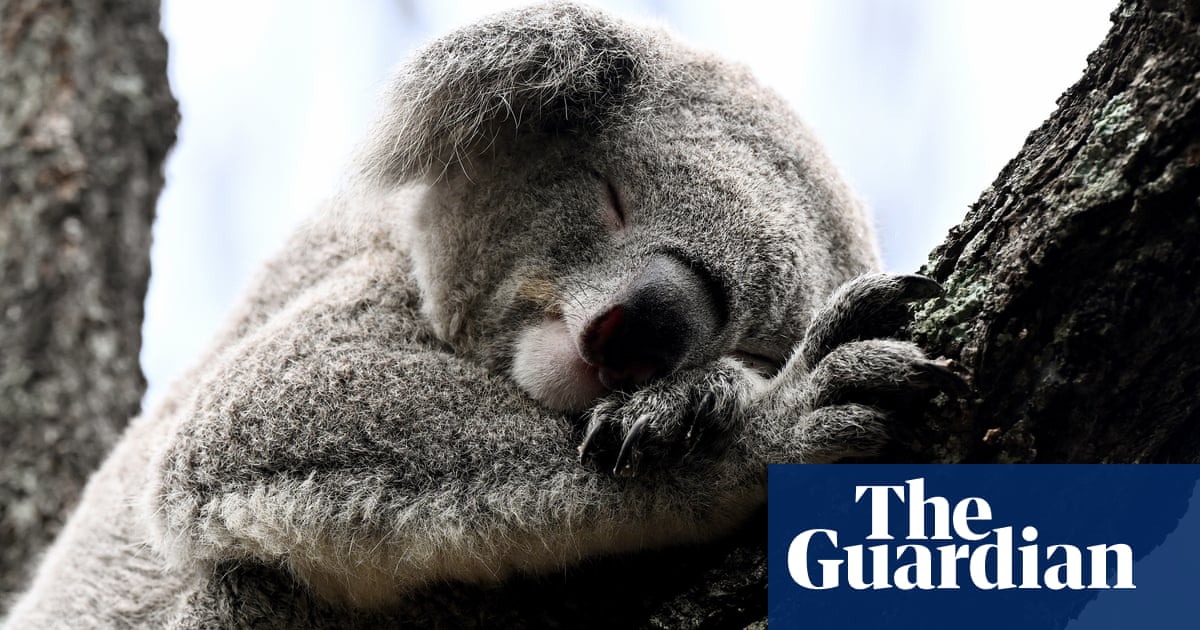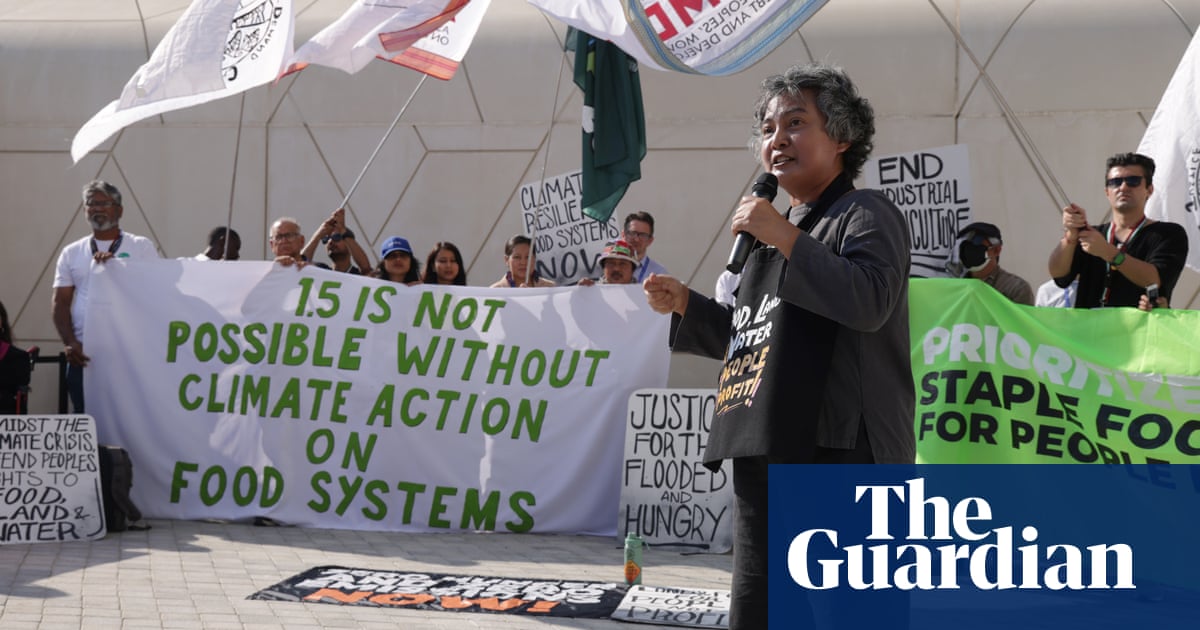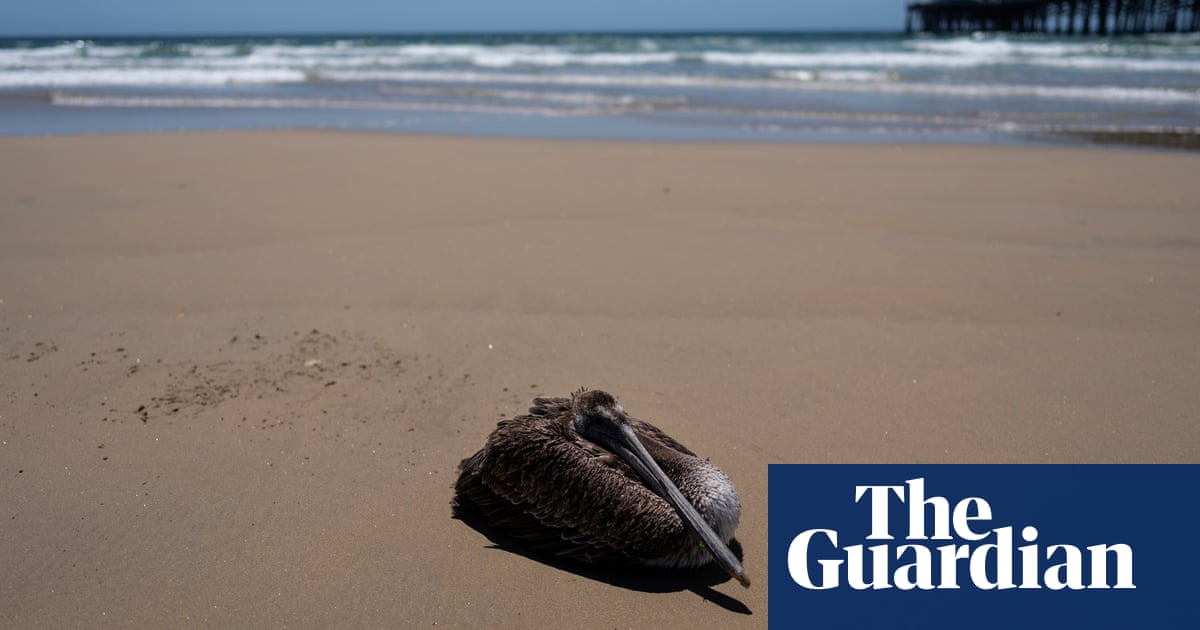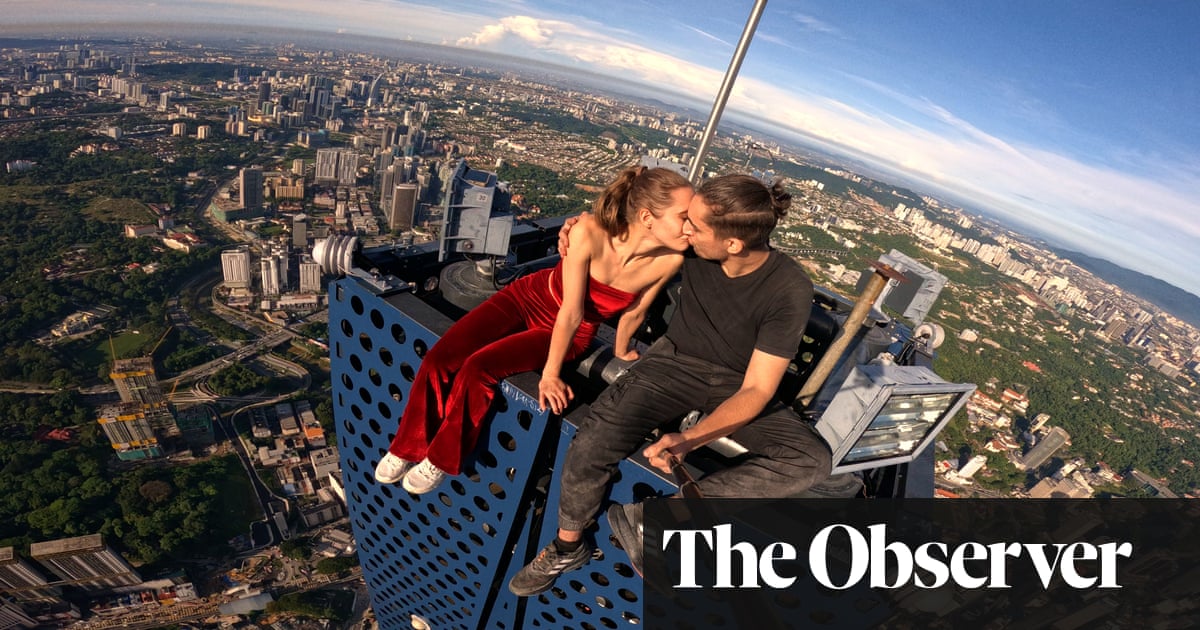In 2016 a friend phoned Linda Sparrow about a 400-metre stretch of koala trees on the western edge of Bangalow, a small regional town in northern New South Wales.
The landscape in the region had long since been cut back by loggers and farmers, and there were precious few eucalyptus trees left to provide refuge for koalas looking for food or shelter.
âMy friend just rang up one day saying, âLinda, I need your help saving some koalasâ. And I just went, âOf course you doâ,â Sparrow says.
Until that time, there were only two recorded koala sightings in Bangalow. By the end of the enthusiastic community campaign, people were actively looking, the number of sightings had jumped and the patch of trees was saved.
It was then Sparrow had the idea: why not keep going?
The next year she founded Bangalow Koalas and the âlittle fuzz ballsâ have since taken over her life. The group, supported by the World Wildlife Fund and recognised by the World Economic Forum, held its first planting in 2019. With the help of private landholders who have volunteered to take part, it has gone on to plant more than 377,000 trees across the region. Its goal is to reach 500,000 by 2025.
Koalas on Australiaâs east coast are increasingly at risk of disappearing altogether. In 2022 the species was officially listed as endangered with the Australian government at the time fronting up $50m to help reverse the decline.
The decision came as a shock to few. It was a long anticipated decision that was entirely preventable â koalas were first listed as vulnerable in 2012 and, in the 10 years since, have faced multiple ongoing threats, including the spread of chlamydia, catastrophic bushfires and habitat loss. Some of this habitat loss is due to logging, which continues in koala habitat in northern New South Wales despite the state government promising it would protect areas important to the species.
The koala corridors planted by groups such as Bangalow Koalas â whose funding runs out the end of the year â are intended to help solve part of this challenge by connecting fragmented habitat with stretches of eucalyptus trees.
Due to the nature of private ownership, the group has to rely on individual land holders to agree to participate and volunteer their properties. Though they have never had a shortage of willing volunteers, the situation means the group has to work piece by piece while also taking into account the specific area where they are planting. In some areas, where an ancient rainforest once rose, they plant a mix of koala trees and rainforest plants. Out west where the land opens up, the focus is on eucalypts.
Sparrow says the benefits are not just limited to koalas. Walking through the dappled light in one of the earliest sites her group worked on, she says revegetating a barren landscape has flow-on effects for wallabies, birds, lizards, insect life and even humans.
âWeâre not just connecting and creating a koala wildlife corridor, and a fragmented habitat, weâre connecting communities,â Sparrow says. âLand care groups, Indigenous communities, schools â they come all the time to do planting.â
People have travelled from as far north as Toowoomba and Brisbane to pitch in, she says, and as far south as Sydney and even Melbourne. One time, after the catastrophic Black Summer bushfires, two aircraft cabin crew from San Francisco flew in to help with a planting.
Other groups have also looked to Bangalow Koalas as a model. When Dirk Jansen, an IT manager, moved to the Mornington Peninsula in Victoria in 2016 he kept hearing his neighbours ask âwhere all the koalas had goneâ.
âThe habitat on Mornington Peninsula is very fragmented,â Jansen says. âThey may have farmland in between, or housing, or major roads, or freeways.â
With more than two-thirds of the peninsulaâs koala habitat on private property, Jansen says it has been âdeath by a thousand cutsâ as small patches of area have been progressively cleared over time. To address this, he asked Sparrow for advice about forming his own landcare group, which held its first planting of 4,000 trees in 2020.
âWeâve been able to scale up to 25,000 plants we plant each season,â Jansen says. âFrom a volunteering point of view, thatâs what we aim for each year.â
Dr Edward Narayan is a senior lecturer in animal science from the University of Queensland whose research focuses on stress responses in animals, particularly wild koala populations. He says this re-forestation work is important for helping take pressure off the species.
His research, and that of his PhD students, has found koalas living on the urban fringes are most at risk of stress, with many moving into residential areas seeking safe havens â with all the risks this entails.
âKoalas are a very interesting wild critter,â he says. âYou have baseline stress from their ecology like disease but there are new stressors like dog attacks and motor vehicle collisions.
âThose are immediate-term stressors. When you talk about stress, youâve also got the state of the landscape â things like habitat loss, land clearance and long-term things like heat stress or bushfires.â
Narayan says the groundwork by community groups is âthe necessary first step to heal the landscapeâ but it is also essential for governments to address climate change âotherwise youâre only dealing with one part of the puzzleâ.
If governments do not take the risk seriously, and fail to take meaningful action to reduce CO2 emissions, he says the vital work of communities on the ground will eventually be overwhelmed. The New South Wales government has set aside $190m for a plan to double koala numbers through restoring 25,000 hectares of koala habitat in its first stage and the federal government maintains a $76.9m fund to support similar work.
Programs such as these are a good start but, during the Black Summer bushfires, more than 7.5m2 hectares of eucalypt forest burned and the Australian economy remains heavily reliant on the production of fossil fuels. The country ranks among the biggest LNG and coal exporters in the world, and is still permitting the development of new coalmines and gas fields.
âYou know, Iâve got two kids,â Narayan says. âThis is about the future we are leaving them. Can you imagine Australia without koalas? I donât think so. It would be like having no Opera House or Harbour Bridge. Itâs built into who we are as Australians.â
According to the World Wildlife Fund, more than 60,000 koalas were killed during the Black Summer bushfires, an example Sparrow says illustrates how it is already affecting their work â and how she hopes the tree plantings might inspire others to take further action.
âYou know, people come to me and say they feel so hopeless. They say, âwith everything going on, how can I possibly have an impact?â Then they come here and plant a tree, see they are actually doing something,â she says.
âMy hope is that maybe then they start thinking, âWhat else can I do?ââ



